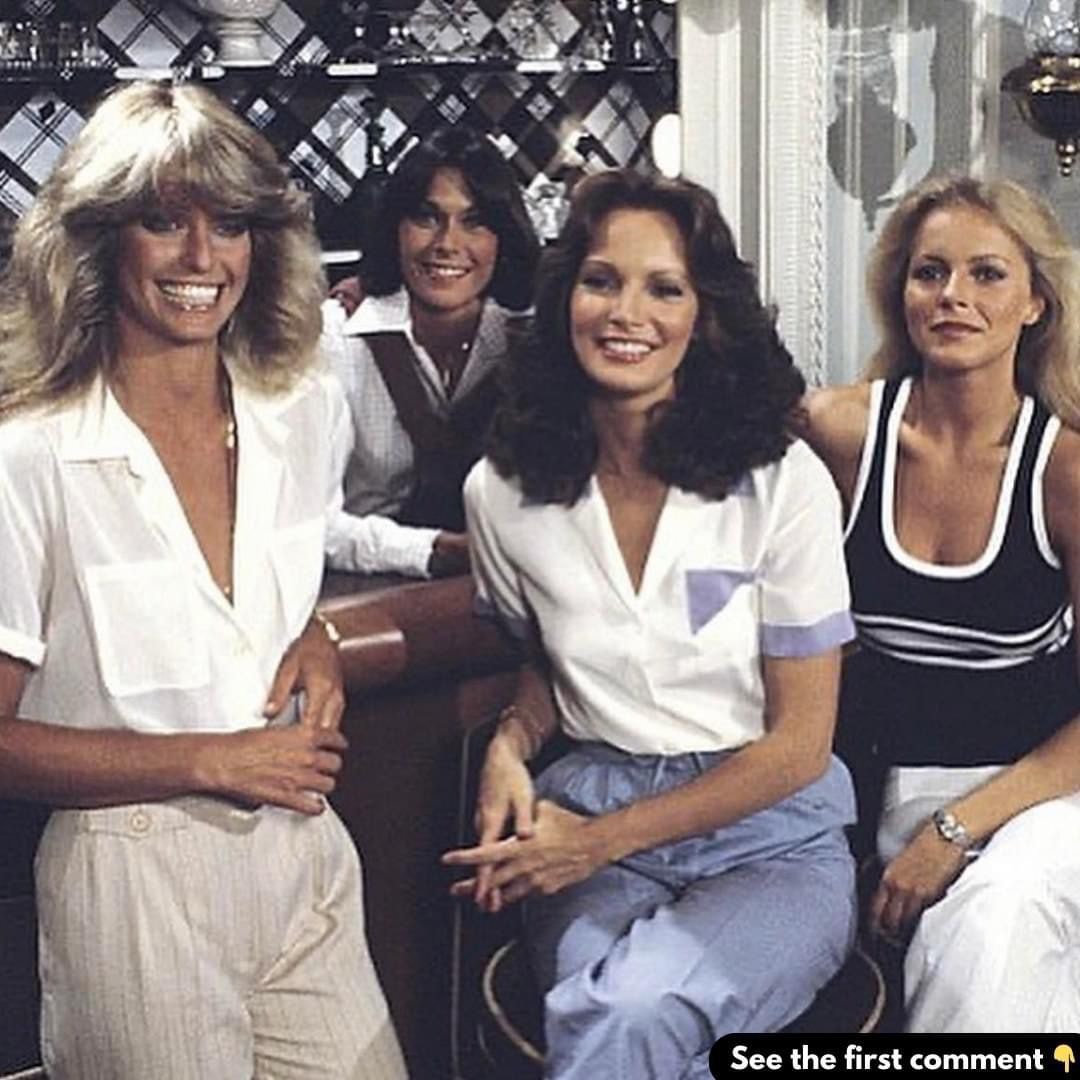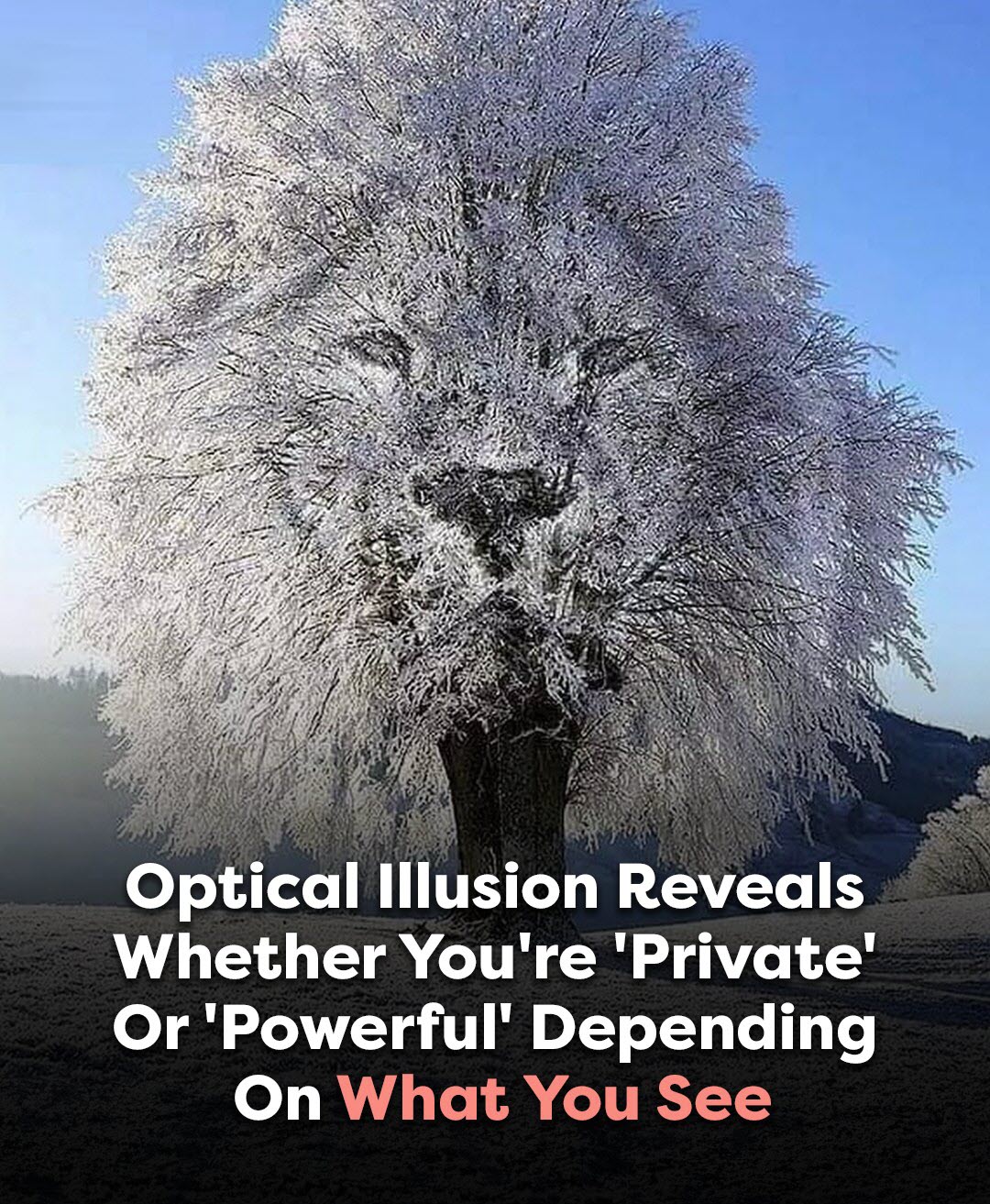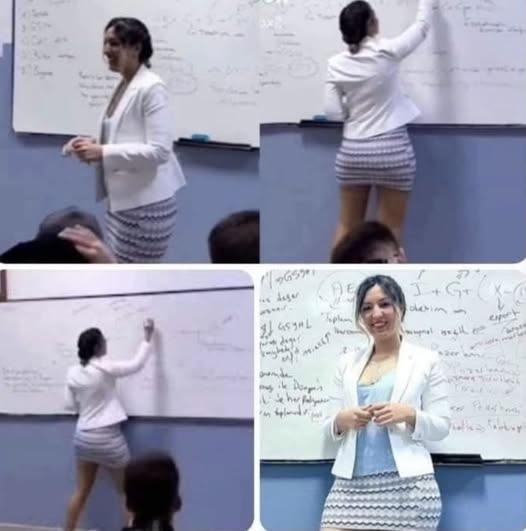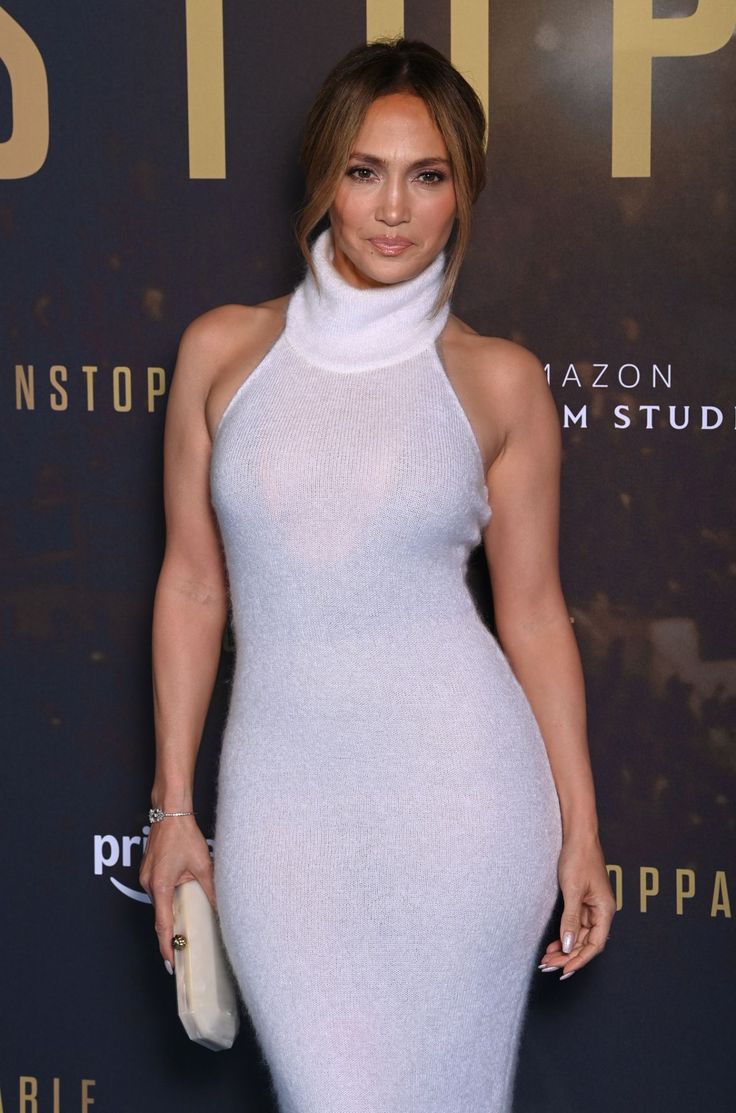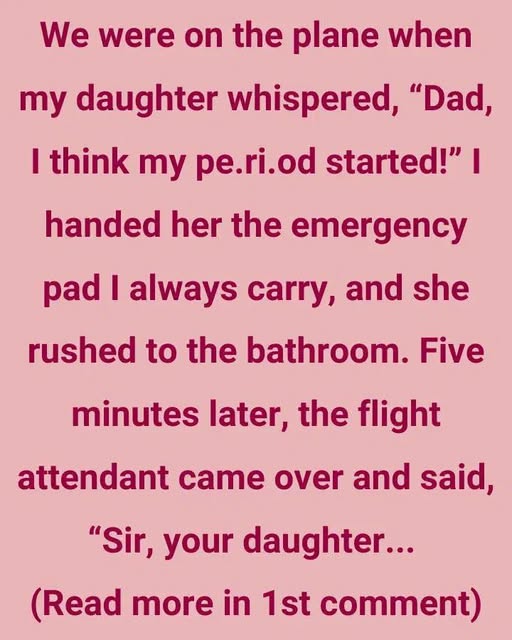In 1967, television took a bold turn with the debut of Charlie’s Angels—a show that didn’t just entertain but redefined what it meant to be a female hero. Farrah Fawcett, Kate Jackson, and Jaclyn Smith weren’t simply solving crimes; they were challenging stereotypes, proving that women could be intelligent, tough, and stylish all at once.
The series quickly became more than a detective drama. It was a cultural shift. The Angels, with their fearless charm and glamorous looks, became symbols of empowerment, encouraging women everywhere to see themselves as capable of anything. Even their wardrobe made waves—those chic outfits helped shape fashion trends and left a mark on pop culture.
Despite early criticism and being dismissed as “jiggle TV” for its focus on sex appeal, Charlie’s Angels soared in ratings, landing in the Nielsen top ten during its first two seasons. While it had its flaws, the show’s impact was undeniable.
Digging into the behind-the-scenes stories reveals a treasure trove of surprises. For instance, the voice of the mysterious Charlie wasn’t originally supposed to be John Forsythe. The role was first given to Gig Young, who was replaced last-minute due to alcohol problems. Forsythe recorded his first lines in pajamas and never once appeared on set—his voice was always dubbed in after filming, and shots of Charlie were stand-ins filmed from behind.
Even the show’s production had quirky details. The Townsend Agency’s building was always shown with the Angels’ cars out front—white, yellow, and orange—in nearly every episode, regardless of which Angel was actually in the scene. Amusingly, two of the cars were always parked illegally in red zones with only one parking meter, but apparently, the Angels had VIP immunity.
In terms of earnings, the original cast started modestly. Farrah Fawcett and Jaclyn Smith earned $5,000 per episode, while Kate Jackson, more established at the time, made $10,000. Jaclyn Smith, the only Angel to stay for the entire five-season run, eventually earned $75,000 per episode—making her one of the highest-paid actors on television during the show’s peak.
Before it became Charlie’s Angels, the show was almost called Alley Cats. That awkward title was wisely dropped thanks to Kate Jackson, who, during a meeting with producer Aaron Spelling, saw a painting of angels and suggested the now-iconic name. That single suggestion cemented the show’s identity and legacy.
Farrah Fawcett’s decision to leave after just one season stunned fans. Her fame had exploded thanks to the show and her iconic red swimsuit poster, but behind the scenes, she struggled. She reportedly wanted more creative control, a higher salary, and a share of merchandising profits. Producers were unsure of her true intentions, and negotiations faltered.


